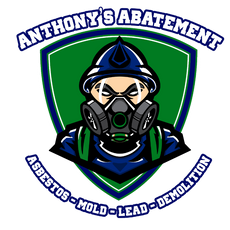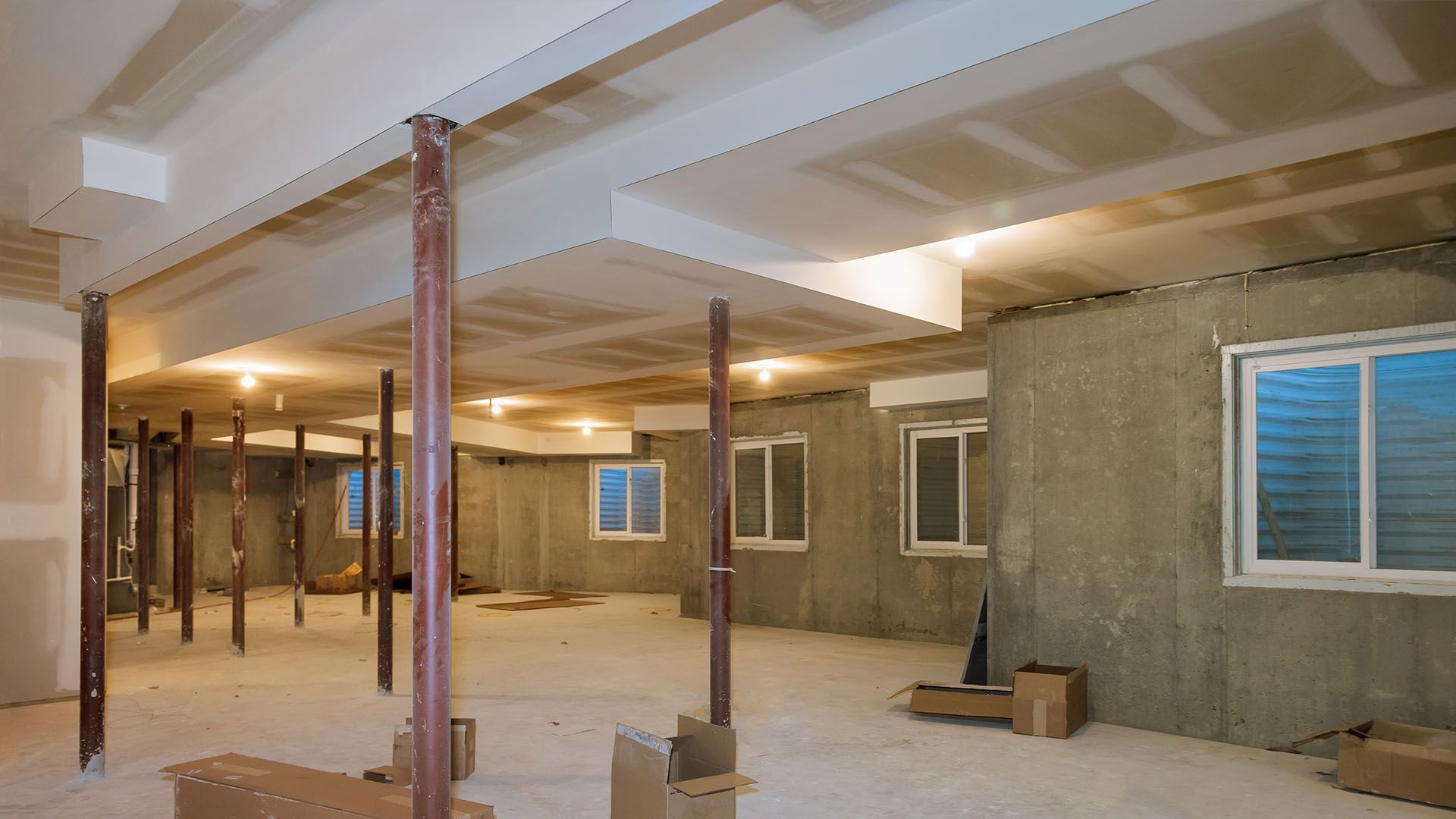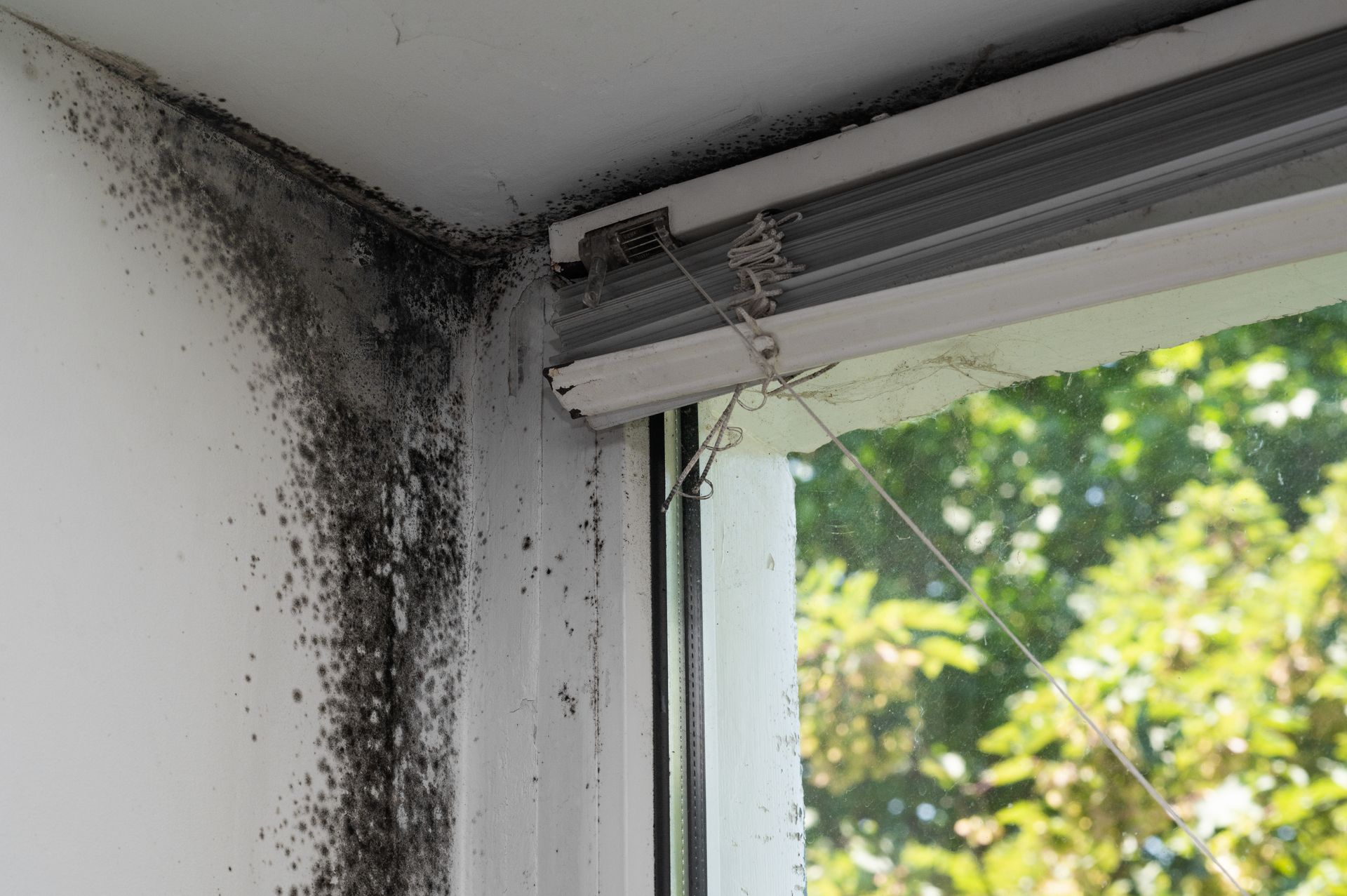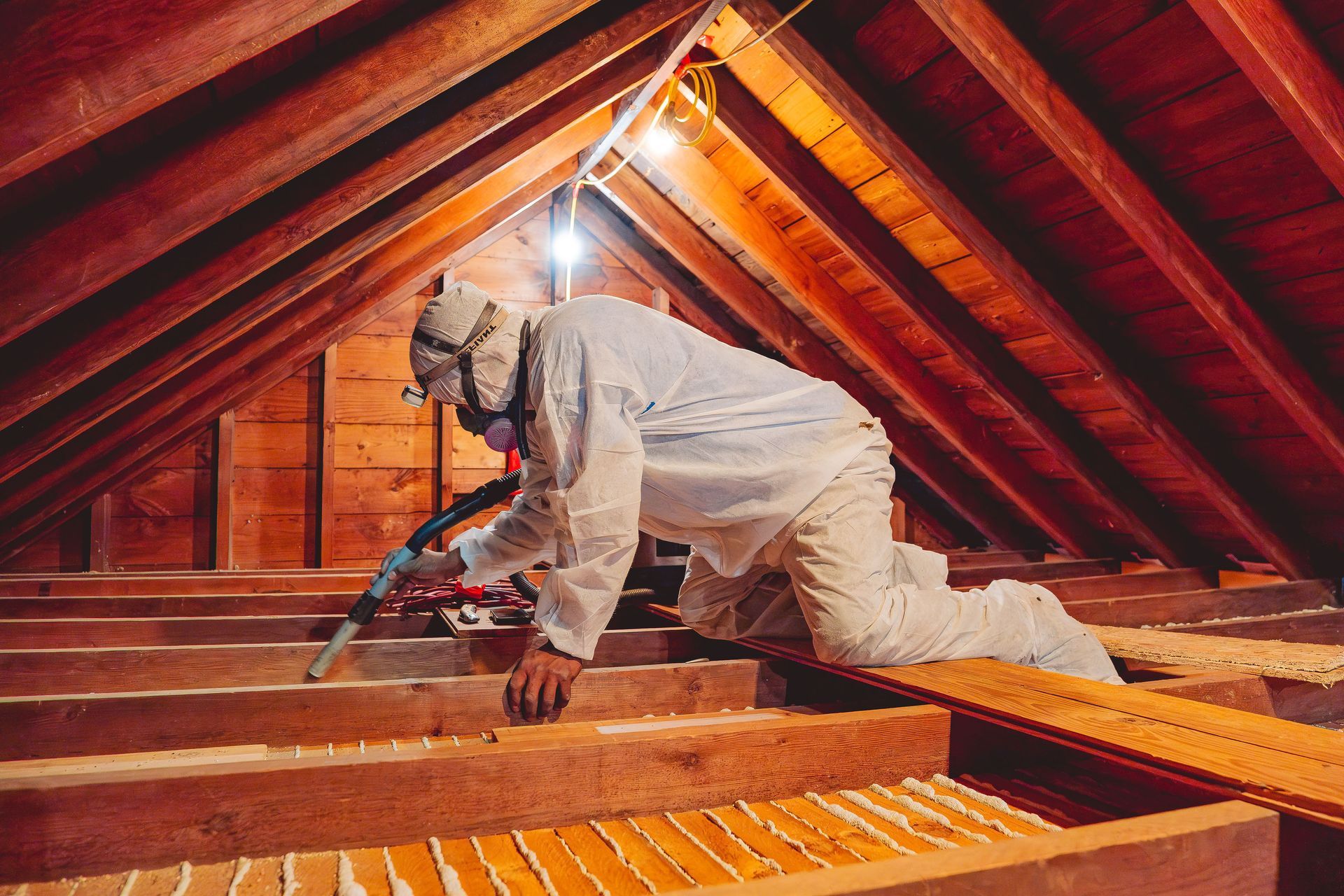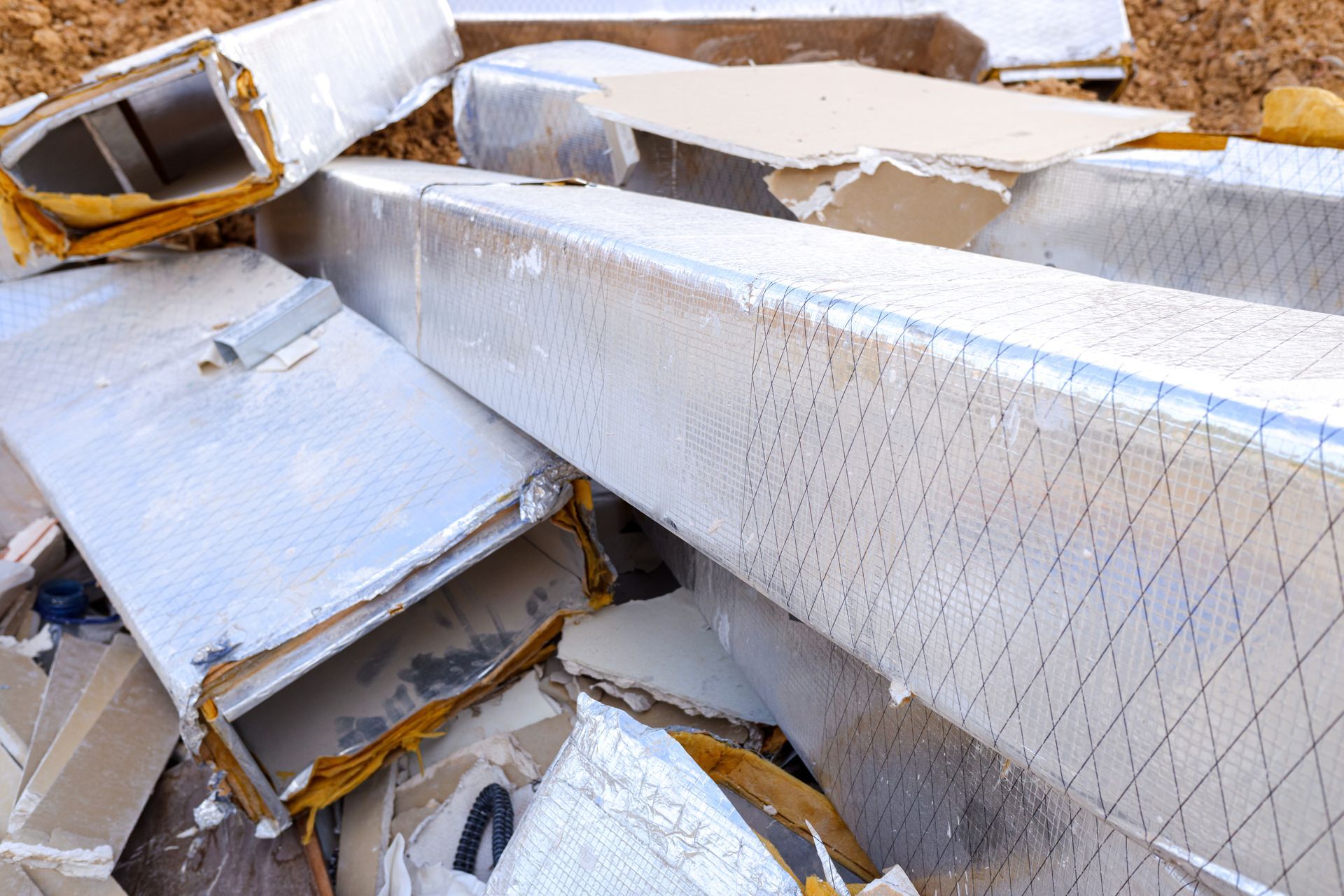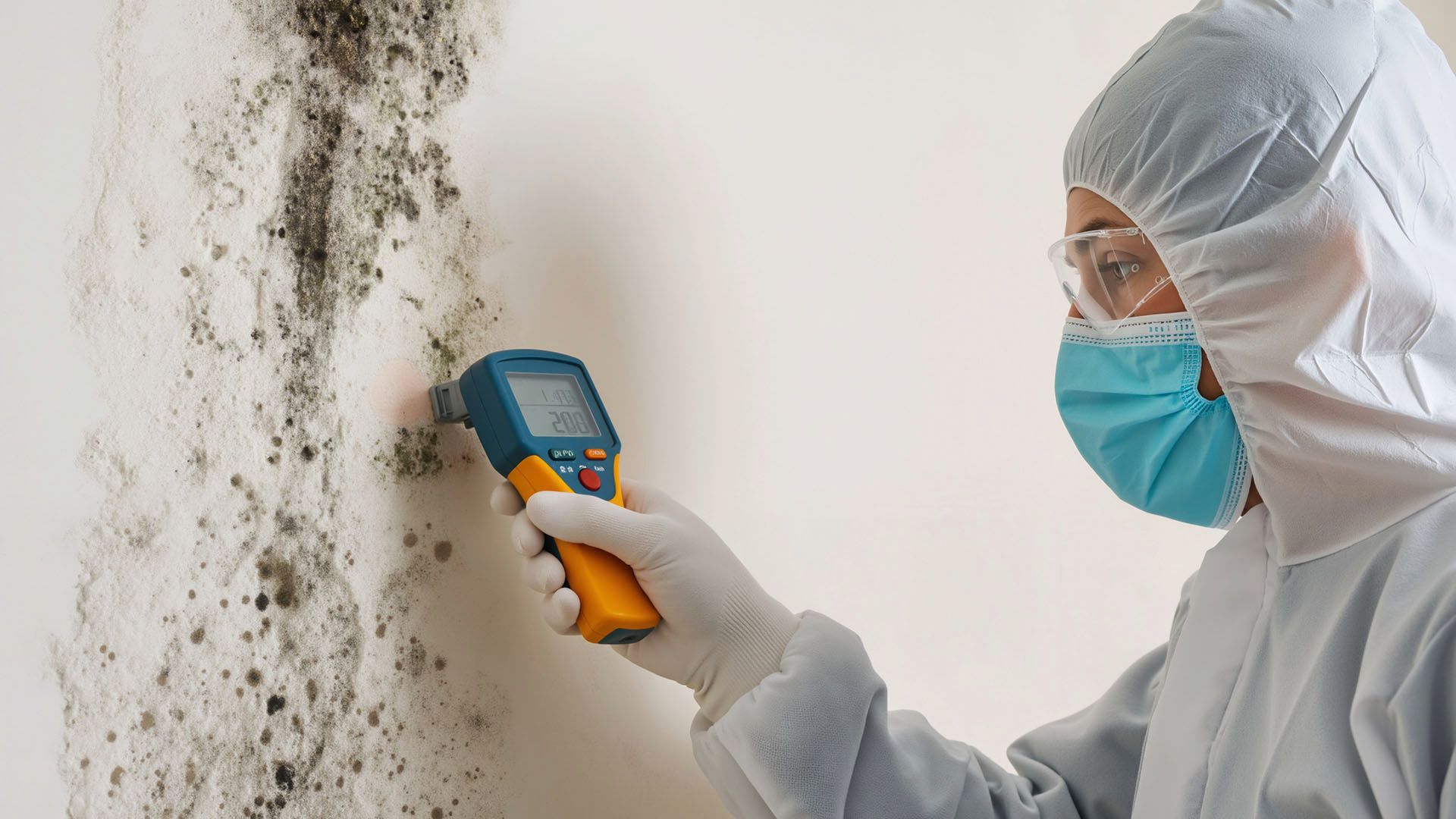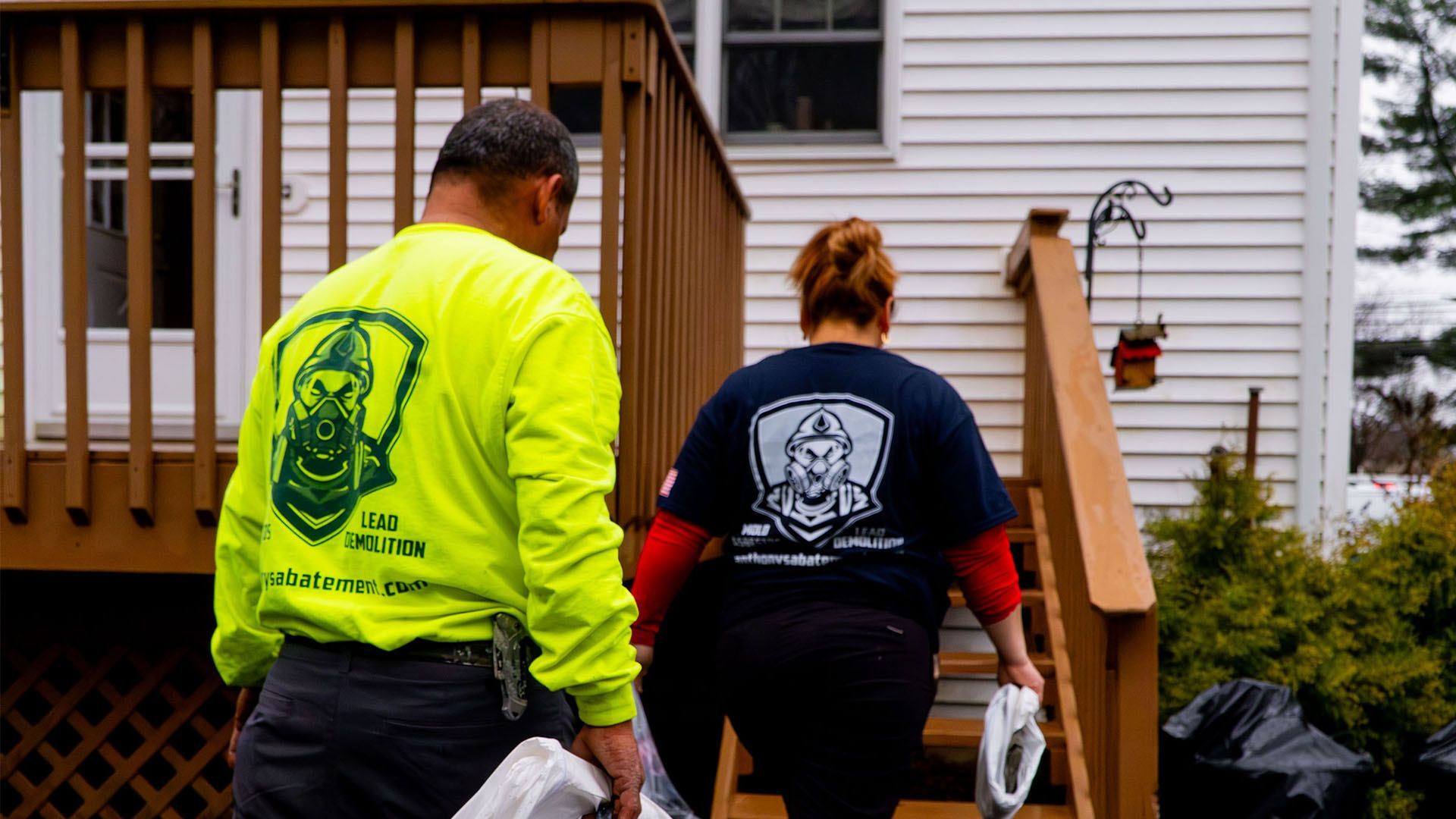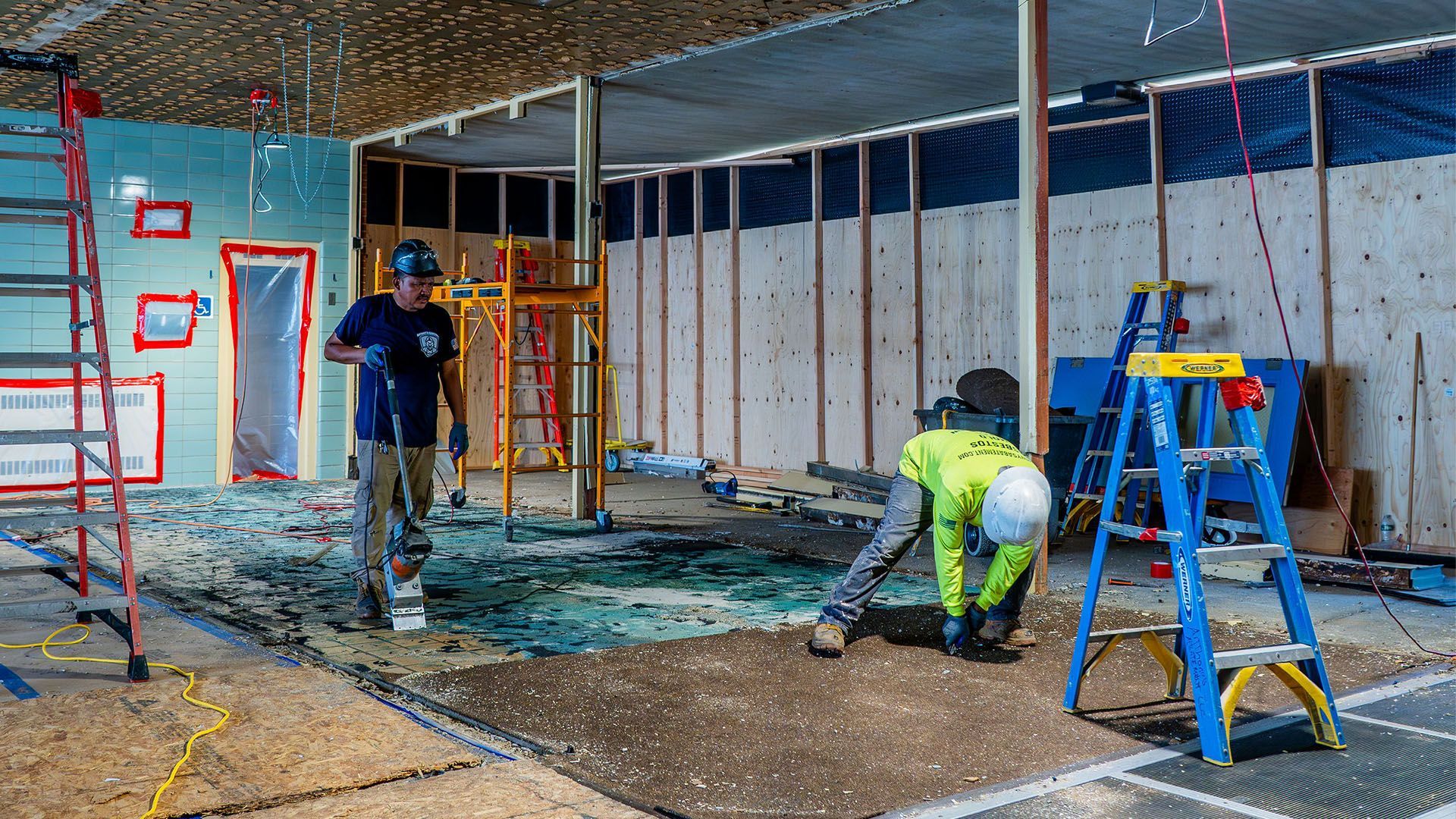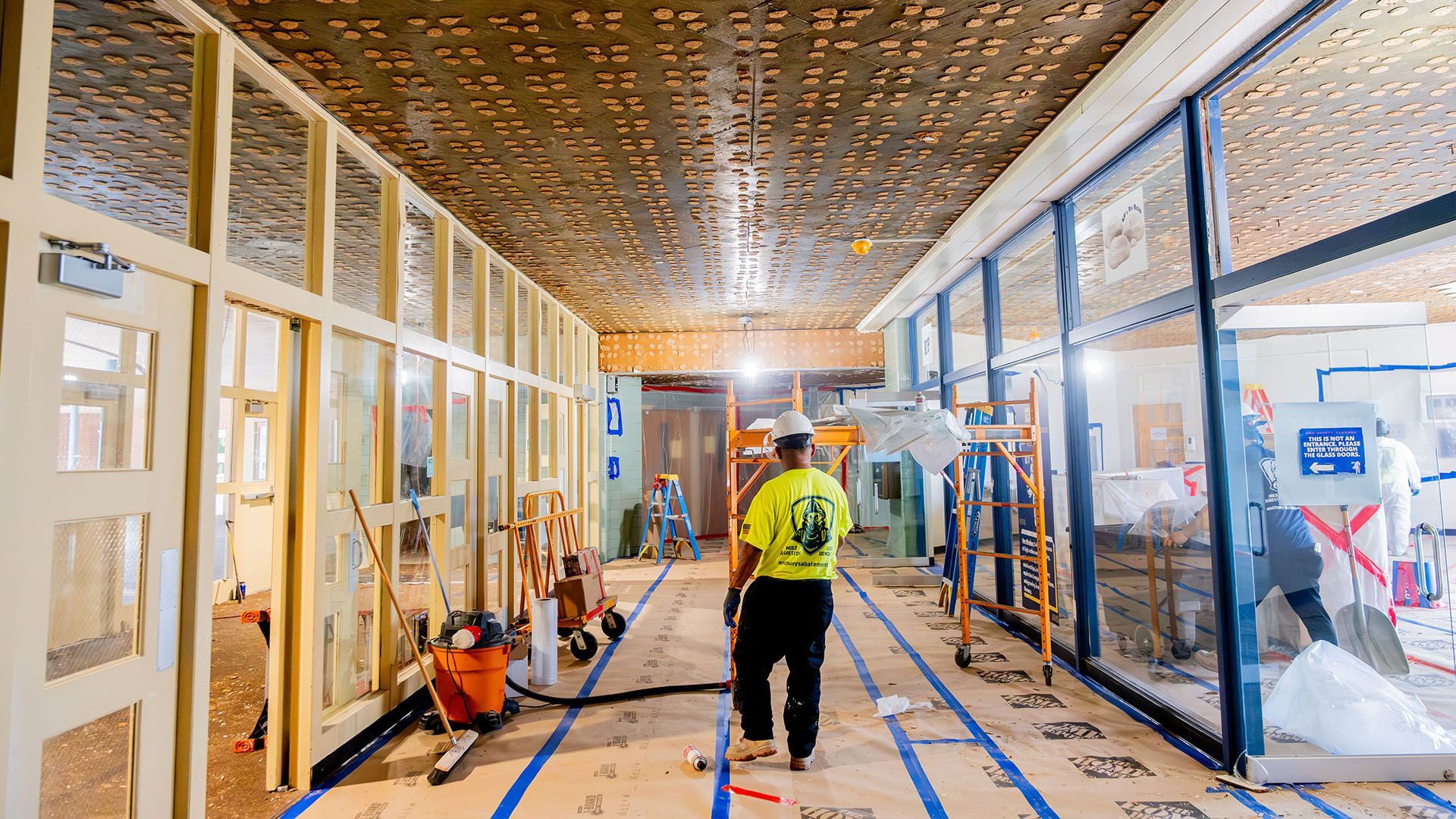What Does Mold Smell Like? How to Identify Mold by Odor
Mold usually smells musty and earthy like a damp basement, wet socks, old books, or rotting wood. If that moldy odor lingers in one area, there’s a good chance hidden mold is nearby, even if you can’t see it.
Anthony's Abatement specializes in mold inspection and remediation. Our team follows current EPA guidance and industry best practices (including IICRC S520) to assess moisture problems, locate hidden growth, and remove mold safely. We've written this article to give you clear, practical steps and no sales pitch so you can make smart decisions for your home.
Why Mold Has a Distinct Smell
The Science Behind Mold Odors
Mold releases tiny chemicals as it grows and feeds on damp materials. These gases create the musty odor many people notice first. Different species, materials (like drywall, paper, or wood), and moisture levels can change how strong or sharp the smell becomes—ranging from earthy smell to stale smell or even a decay-like smell.
What Are Microbial Volatile Organic Compounds (mVOCs)?
Those gases have a name: microbial volatile organic compounds (mVOCs). When people ask, “what does mold smell like?”, mVOCs are the main reason we perceive that moldy odor. Some mVOCs come across as tangy, sour, slightly fermented alcohol smell, or even faintly meaty odor depending on the source material and moisture.
How mVOCs Contribute to Indoor Air Quality Problems
mVOCs can make indoor air feel “stuffy” or “off.” While the smell alone doesn’t measure health risk, it’s a strong
early warning that moisture and mold are present. The odor tells you to
investigate the source and
fix the moisture the only lasting way to stop the smell.

Common Descriptions of Mold Smell
Musty or Earthy
The most common answer to “what does mold smell like in a house?” is musty like damp soil, a wet basement, or old cardboard. This is often the first clue that an area has poor ventilation or chronic moisture.
Damp or Wet Socks
A damp smell similar to wet socks or a gym bag points to moisture that’s been trapped for a while—think carpets, insulation, or fabric in humid rooms.
Rotting Wood or Paper
Because mold feeds on cellulose, the odor can resemble rotting wood scent or wet paper. If you notice this near trim, subflooring, or attic sheathing, consider the possibility of leaks or condensation.
Tangy or Sour Odors
Some people describe a tangy scent, sour smell, or light fermented alcohol smell. Odors can vary by the material (drywall vs. wood), the age of the growth, and the amount of moisture. Terms like stale smell and decay-like smell are also common.
Note on "black mold smell": The color of mold doesn't give it a unique odor. Black mold smell isn't a different category the conditions, materials, and mVOCs drive the scent, not the color.
Where You Might Notice Mold Odors First
Basements and Crawlspaces
These areas often have cooler surfaces and higher humidity, which leads to condensation. A persistent musty odor in a basement is a classic sign of moisture intrusion.
Bathrooms and Kitchens
Leaks at sink traps, supply lines, shower surrounds, and caulk joints can let water into wall cavities. If the room smells musty after it dries out, you may be dealing with hidden mold in bathroom areas.
HVAC Systems and Air Vents
Dust and moisture inside ducts, drip pans, or coils can harbor growth. If a moldy odor puffs out when the AC or heat turns on, the issue may be in the HVAC system or nearby return areas.
Inside Walls or Under Flooring
You might smell mold at baseboards, around windows, or beneath vinyl/laminate. Warped flooring, soft drywall, or peeling paint plus a musty odor points to moisture trapped behind the surface.
Why You Can Smell Mold Even If You Can’t See It
The Problem of Hidden Mold
Mold can grow behind drywall, under carpet, inside insulation, or in attic and crawlspace cavities. You may catch the odor long before any staining reaches the surface.
Trapped Moisture and Inaccessible Growth Areas
Small leaks, poor ventilation, or high humidity can trap moisture in tight spaces. The odor seeps out through outlets, gaps, or baseboards so your nose notices before your eyes do.
When a Mold Smell Is a Sign of a Serious Problem
Long-Term Moisture Issues
A lingering smell suggests a moisture source that hasn’t been solved such as a slow pipe leak, foundation seepage, roof leak, or chronic condensation. The longer moisture persists, the deeper mold can colonize porous materials.
Health Symptoms That May Accompany Mold Odors
People can be sensitive to damp, moldy environments. If occupants notice throat or nose irritation, coughing, or worsening allergy-like symptoms along with a moldy odor, consider a thorough assessment. (This is general information, not medical advice. See a healthcare professional for health concerns.)
Structural Risks From Hidden Mold Growth
Over time, mold and moisture can weaken drywall, subfloor, and framing members. A stale or decay-like smell combined with soft or discolored building materials is a signal to act quickly.
What to Do If You Smell Mold in Your Home
Initial Steps to Investigate the Source
- Track the odor. Note where it’s strongest and when it’s most noticeable (after showers, during rain, when AC runs).
- Check for moisture. Look for leaks at sinks, toilets, and appliances; inspect around windows and exterior doors; check attics and crawlspaces for water stains.
- Use your hands and eyes. Feel for cool, damp surfaces; look for bubbling paint, warped floors, or stained drywall.
- Improve airflow. Open windows briefly (weather permitting), run exhaust fans, and keep interior doors open to reduce stale pockets.
- Swap HVAC filters. A fresh filter can help air move freely and reduce dust that can hold moisture.
When to Contact a Mold Remediation Professional
Call a professional if:
- The odor is
persistent and you can’t find the source.
- You see
more than about 10 square feet of suspect growth (a common homeowner threshold).
- There’s a
history of leaks or flooding.
- The smell is strongest near
HVAC equipment or ducts.
- Occupants report
ongoing irritation that seems tied to time spent in the space.
A qualified pro can perform a moisture investigation, use tools like thermal imaging and pin or pinless moisture meters, and create a remediation plan that removes mold and fixes the moisture problem.
Preventing Future Mold Odors
- Control humidity (aim for ~30–50%). Use bathroom fans, kitchen range hoods, and dehumidifiers in damp areas.
- Fix leaks fast. Address roof, plumbing, and window leaks right away; dry wet materials within 24–48 hours.
- Manage drainage. Keep gutters clear, downspouts extended, and grading sloped away from the foundation.
- Choose the right materials. In damp zones, favor hard surfaces over carpet; use mold-resistant drywall where appropriate.
- Service HVAC annually. Clean coils and drip pans; ensure proper condensate drainage; replace filters regularly.
Key Takeaways (Straight and to the Point)
- What does mold smell like? Usually
musty, earthy, damp, sometimes
sour or
tangy—even
rotting wood or
wet socks.
- Smell but no mold in sight? You may have
hidden mold. Odor often shows up before visible growth.
- The cause: Mold emits
microbial volatile organic compounds (mVOCs) that produce that
moldy odor.
- Act now: Find and fix moisture first. If the smell lingers or the area is large/uncertain, contact a professional for inspection and remediation.
Need Help Tracking Down That Musty Smell?
You don’t have to guess. Anthony’s Abatement can
find the source,
fix the moisture, and
remove mold the right way.
Our team follows EPA guidance and IICRC best practices—so you get clear answers and a safe, effective plan.
Take the next step
- Book an Inspection – Pick a time that works for you
- Talk to a Mold Expert – Get quick guidance on your situation
- Request a Quote – We’ll outline scope, timeline, and cost
